from 0 review
3 Days
Daily Tour
8 people
English
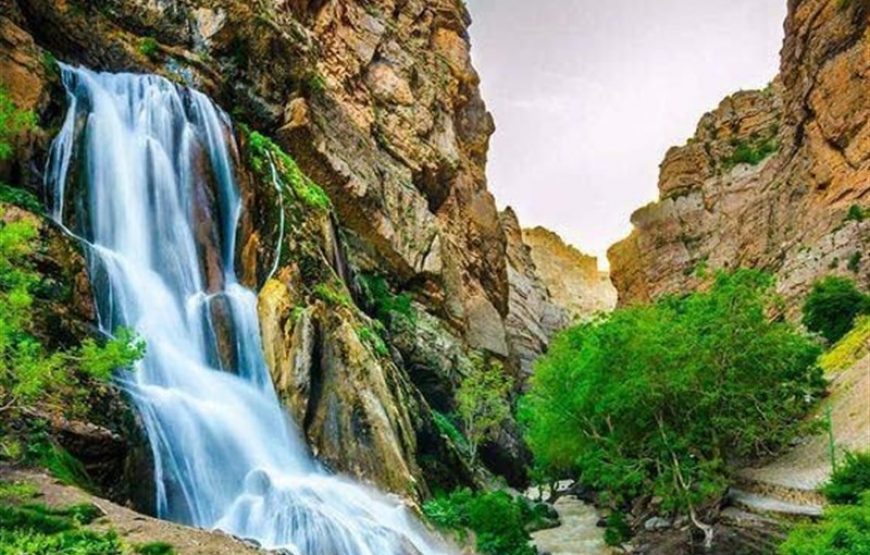

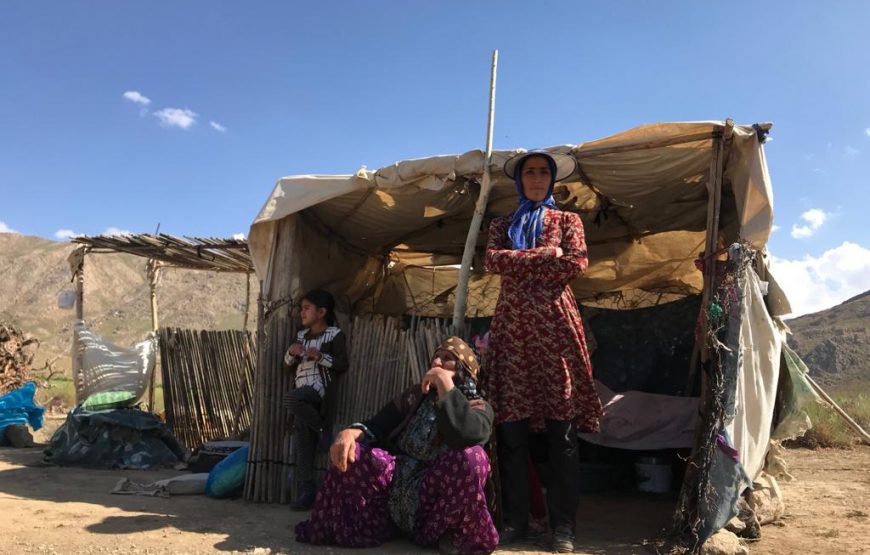
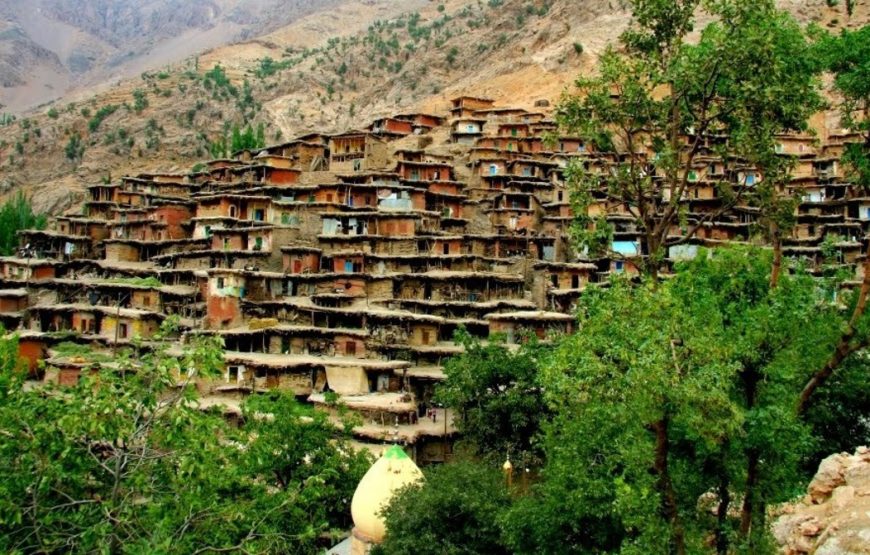
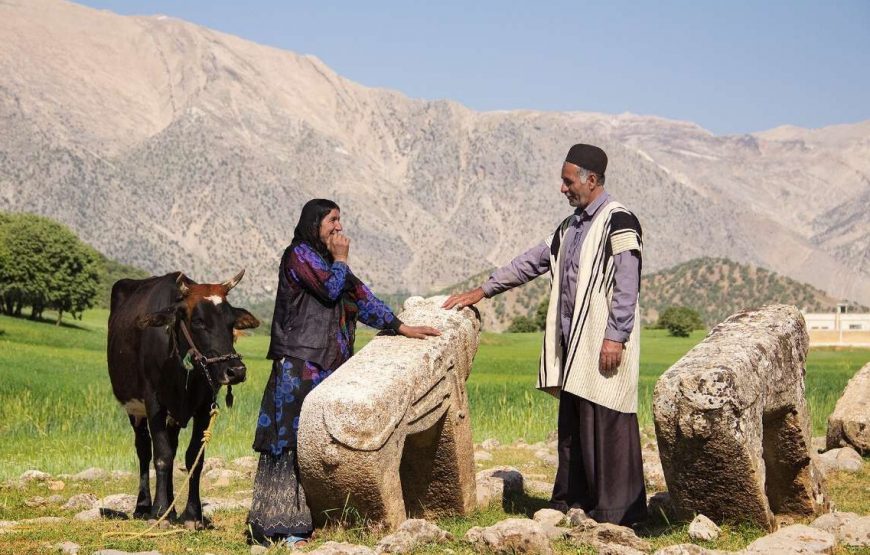
Have you ever thought how people used to live in the past, when modern day villages and cities were far from imagination? Have you ever wondered how nomads sustained their lives and if people still pick-up this form of life? To the last question, our answer is: Yes, they do. Join us on this 4-day long tour, to learn more about life on the move. You can experience the nomads’ lifestyle, and if you’re lucky, you may even see real life nomad families on migration. The nomadic tribes in Iran, are among the few remaining tribes in the world that continue living with this lifestyle.
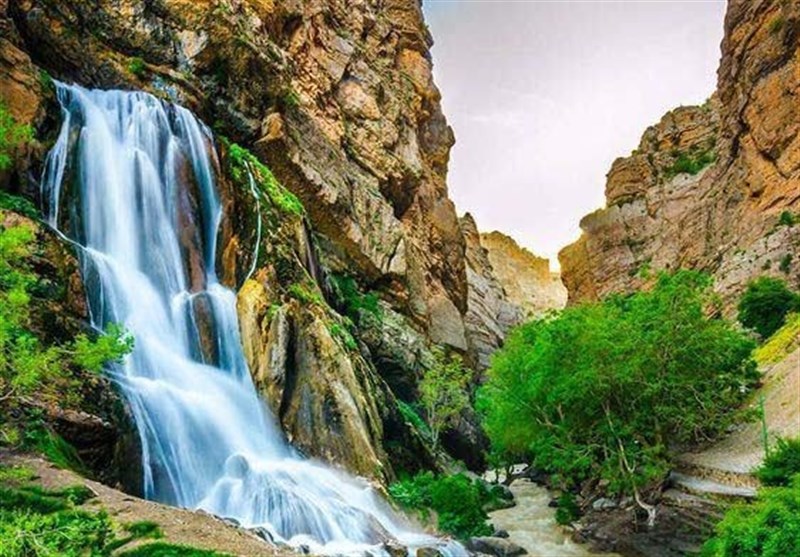
After picking you up at your hotel in Tehran, at 6 a.m., we will drive to Aligoudarz county, in Lorestan Province. Breakfast will be served on the way. After driving for 5 hours, we will arrive at the stunning Absefid Waterfall (meaning white water). The waterfall drops down from a height of 70 meters.
Then we will resume our tour which passes through Ghalikouh Mountains and gets to Baznavid Village after 30 minutes. Here we will stop by an ancient cemetery, where gravestones of men are decorated by statues of lions. These lions symbolize their bravery during their lifetime.
Afterwards, we will get back on the road for another 15 minutes to reach a family of nomads. We are expected to get there at 2:30 p.m. and stay there for the night.
Next to this family, we will get the chance to have a first-hand experience of nomadic lifestyle. We will join their daily routines by shepherding and collecting wood. Also, we will learn how to make fire for baking bread, bake breads, and milk the livestock.
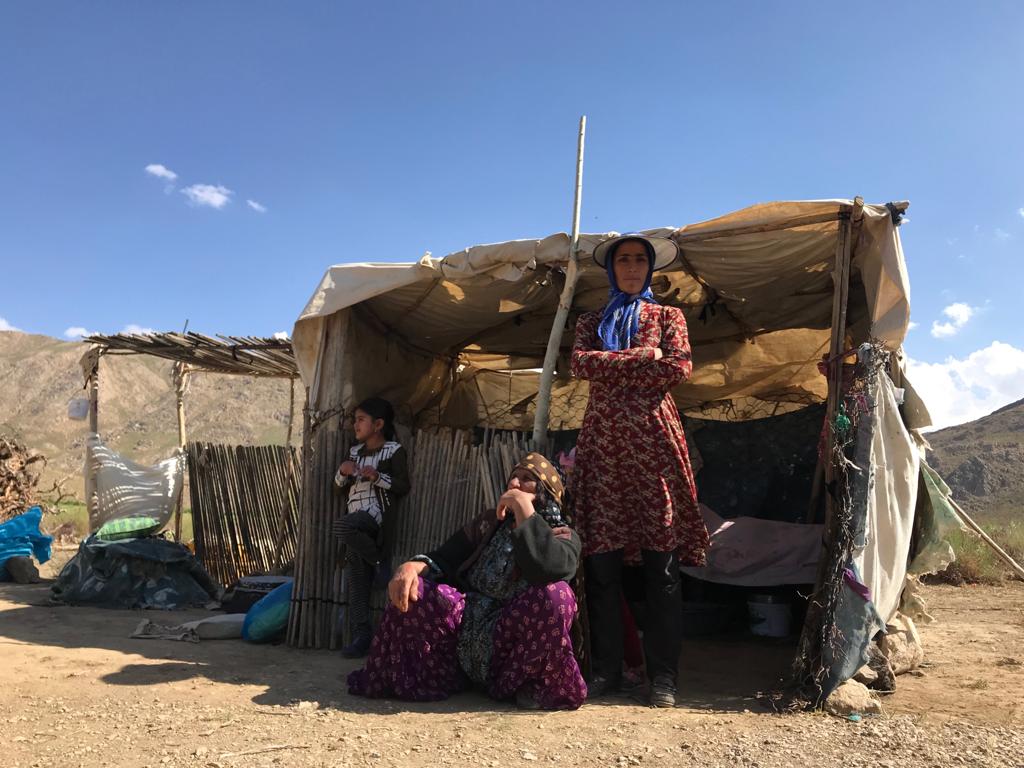
The nomad’s day begins at 6:00 a.m. This is when the shepherds take their herds to the green pastures in the surrounding mountains and plains. We will accompany them but return at 7 a.m.
After breakfast at 8 a.m., we will set out again. We will continue our trip through the Poshtkuh reserved area, where we will see dense forests of oak trees. Also, we’ll pass by some remote villages, like Chin, where the previously nomad families of Bakhtiari tribe have settled down. Although these families have changed their lifestyle, seeing their rural life is worthwhile as it’s completely different from our daily urban experiences.
Next on our itinerary is Khouyeh Village. Here we will stop for a lunch break, at an ordinary village house where windows open to the surrounding mountains. What’s interesting about the village is the fact that all the fruits and vegetables produced in the village are organic. This is because the villagers depend on the power of the nature in producing their food, rather than chemical fertilizers. The organic gardens of the village yield tomatoes, eggplants, peppers, wheat, peaches, and apricots. After feasting on a hearty and healthy local meal, we will explore the village in the afternoon and visit its watermill. A walk through the village will bring you to the sights of women weaving handicrafts, spinning thread, and milking the livestock. You will also see men undertaking several tasks such as insulating the roofs with traditional methods, or gardening.
At the end of the day, we will rely on the hospitality of a rural home-stay in the village. Here we will socialize more with the locals, and learn about their life and culture.
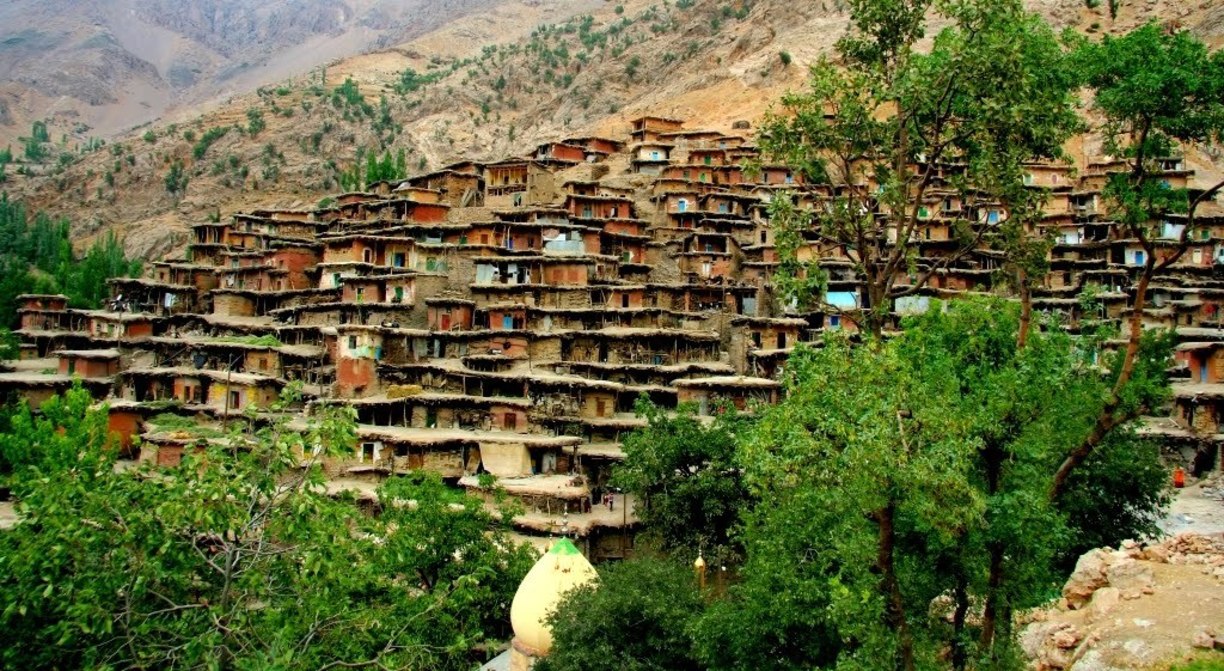
Waking up early in the morning will give us a chance to enjoy the sunrise from our home-stay’s balcony. After breakfast, we will set out on a hiking adventure to Sar Aqa Seyyed Village. This is a stepped village, where houses are built above one and other. We shall pass through irrigated farmlands and trace the footsteps of the nomads on their migration trail. Although we are not going to visit during the migration season, we will see the road made to facilitate their journey. Among other interesting sites on our way are the salt mines locals have been using for centuries.
After lunch, we will leave for Isfahan, taking the Koohrang road. We will visit Koohrang waterfall and spring on our way. This is the biggest natural water spring in Iran. Then we will have dinner at Shahrekord and drive back to Tehran around 8 p.m.

Leave a Reply